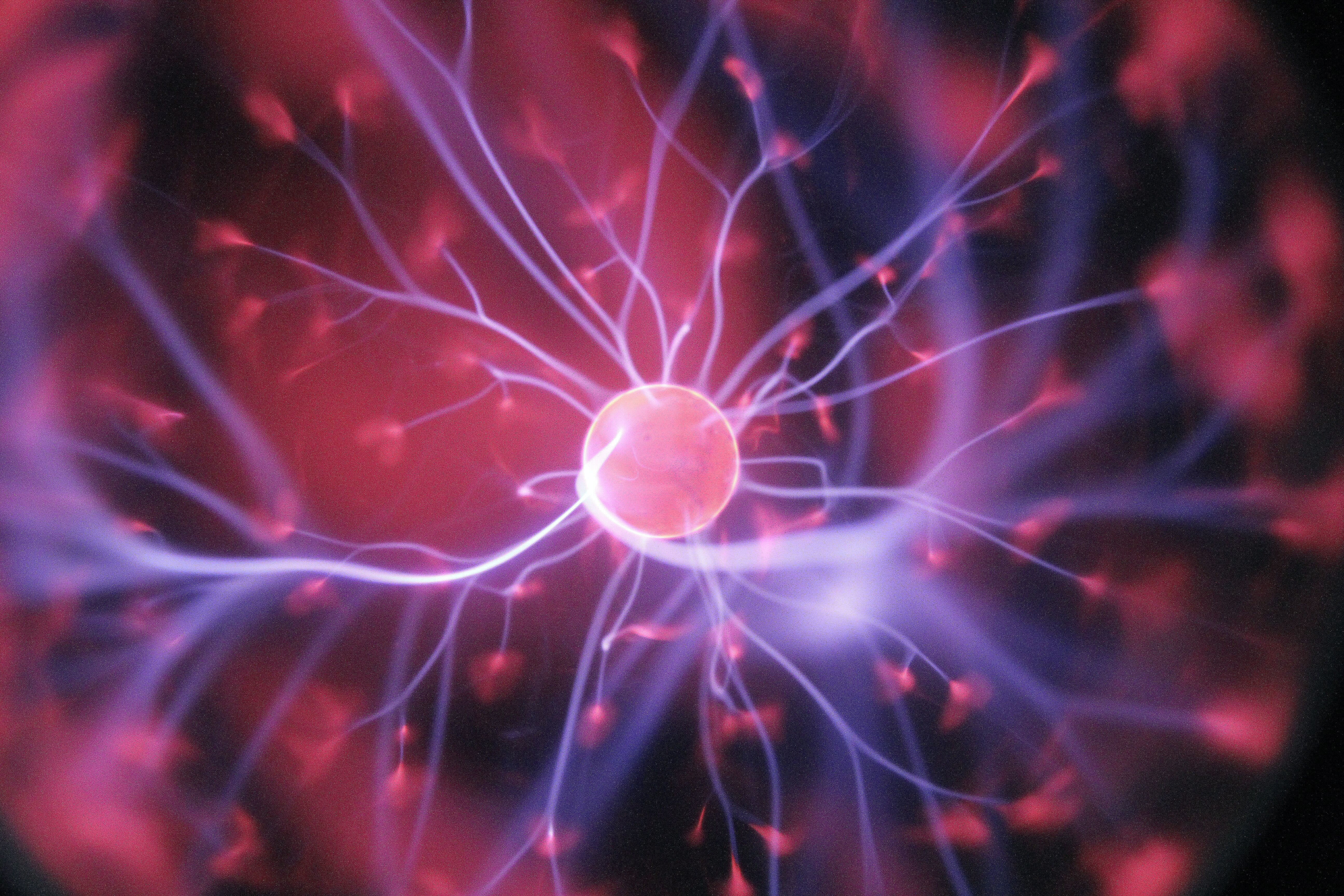What is Neuromarketing and How is it Utilized?

Neuroscience is an emerging discipline in the field of marketing that allows businesses across the world to understand customers’ reactions to their brand as well as the ideas and emotional triggers they associate with a product, marketing campaigns, content, and more. Neuromarketing has not always been a trustworthy resource for marketers but because of the advances in fMRI and EEG technology, researchers are now able to gather actionable, reliable data that helps them understand the inner workings of the human brain. Consumer neuroscience seems to be making advancements each and every year which is why we wanted to spend a bit of time to elaborate on the subject in general and how it can be used now and may be used in the future.
How does Neuromarketing Work Exactly?
Neuromarketing can be leveraged by companies and brands across the world to identify brain waves, electro-pulses, and neural signals to identify appealing and unappealing aspects of a product or service. At some companies, neuroscience and the data that comes with it

Neuromarketing relies on an expert’s knowledge about how the human brain works and how it reacts to various types of stimuli. While companies like Frito-lay and Pepsi have been using neuromarketing techniques like eye tracking for years, the idea that these types of research methods can improve revenue and help to create viral content has pushed more brands towards the strategy.
There are two common techniques used to track brain waves and activity, using an EEG or performing an fMRI.
fMRI:
- Stands for functional Magnetic Resonance Imaging
- Primarily used to measure brain activity
- Assesses blood flow through the brain as a subject is exposed to stimuli (audio and visual)
- Areas of high activity in the brain consume higher levels of oxygen, revealing emotional responses that can be used to set pricing, identify target markets and
- More expensive than an EEG
EEG:
- Stands for electroencephalography
- Primarily used for tracking brain waves
- Electric fields in the brain generated by neurons on the scalp’s surface
- Involves electrodes on a person’s scalp that measure and evaluate brain waves that are produced when a subject is exposed to stimuli
- Measure engagement and recall to improve branding efforts
- Less expensive than an fMRI
In addition to EEGs and fMRI’s, some consumer neuroscience experts have joined forces with a neuromarketing agency to take a deeper dive into facial expression evaluations and biometrics tracking facial movements. These new marketing strategists have been used by giants of the industry such as Microsoft to and involve facial coding in addition to traditional marketing research. By tracking facial expressions, eye movements (eye-tracking), and even the subtle movement of facial muscles, some experts in the industry can determine emotions such as surprise or anger and even determine the order in which a subject viewed an advertisement.
Can a Neuromarketing Agency Predict Buying Patterns?
Neuroscience, by definition, is the study of how the human brain affects that influences that person's behavior over time. Understanding the way that a specific demographic may react to color patterns via eye tracking or a certain brand message before a digital ad has ever been run can save large corporations millions of dollars and hundreds of man-hours.
Brand names can be associated with memories, emotions and even anger depending on a consumer's prior exposure to a product, service or even based upon a quick advertisement that ran across their screen for 30 seconds. In addition to all of the benefits that we have listed so far, neuromarketers and neuroscientists will tell you that any insights they are able to gain about a consumer's first reaction to an image or sound will put them ahead of the competition. A single social media ad that is tested to influence a consumer's heart rate and influence their consumer decision-making process could mean thousands of sales that wouldn't have gone through otherwise.
By understanding what the blood flow to different centers within the brain when a study participant is exposed to an advertisement or other stimuli means, researchers and marketing experts can predict buying patterns and even narrow down their target market. Brands such as Coca-Cola and Budweiser use neuroscience and neuromarketing to help produce the best Superbowl ads. Other corporations, including Amazon and Google, may use reactions during a study to determine the correct pricing for a new product rollout.
In Conclusion
In conclusion, you should know that neuromarketing research, brain imaging, and neuroscience-based marketing strategies actually work! It's true, the studies are still expensive to conduct and often must be repeated several times before the data is considered to be reliable and


